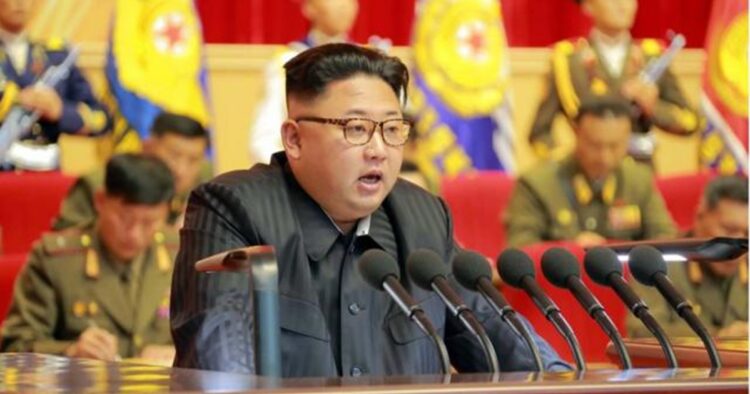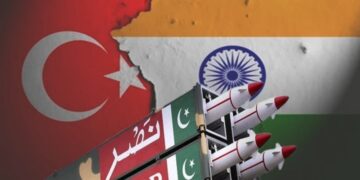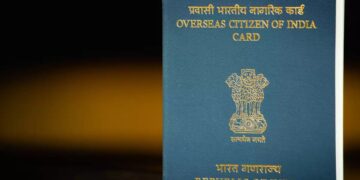In a significant move, North Korean state media has published photographs showcasing leader Kim Jong Un’s portrait prominently displayed next to those of his father and grandfather. This action is seen as an effort to solidify his status as a leader equal to his forebears.
These photographs mark the first time state media has showcased Kim Jong Un’s portrait alongside those of state founder Kim Il Sung and his late father Kim Jong Il, who governed until 2011.
These photographs were captured during the inauguration of a new school designated for training cadres for the ruling Workers’ Party. The images depict giant portraits of the three generations exhibited on the facade of the impressive structure.

In addition, in other snapshots, Kim Jong Un is seen engaging with aides, including the cabinet premier, within classrooms adorned with the portraits of the trio hanging above the blackboard.
During the opening ceremony, Kim Jong Un emphasized the significance of the school’s location, situated near the palace where Kim Il Sung and Kim Jong Il are laid to rest. He remarked that this placement allows “the great leaders to hear every word, even whispers, of the students,” according to the KCNA news agency.
However, state media refrained from commenting on the specific intent behind this display of portraits or whether it would become standard practice across all public venues and classrooms in the nation.
The Kim family dynasty, which has governed North Korea since its establishment after World War II, has consistently sought to fortify its authority by cultivating cults of personality. Recent actions, such as the release of an uplifting song praising Kim Jong Un as a “friendly father” and a “great leader” in a music video featuring North Koreans from diverse backgrounds, further bolster this effort.
Moreover, speculation has arisen regarding the discontinuation of the term “Day of the Sun” by state media to describe a holiday commemorating the birth anniversary of Kim Il Sung, potentially to prevent diverting attention away from the current leader.
This development underscores North Korea’s ongoing efforts to maintain the legacy of its leadership lineage while reinforcing Kim Jong Un’s stature as a worthy successor.
As the country continues its tightly controlled narrative, the display of these portraits serves as a visual reminder of the regime’s continuity and the enduring influence of the Kim family.

















Comments